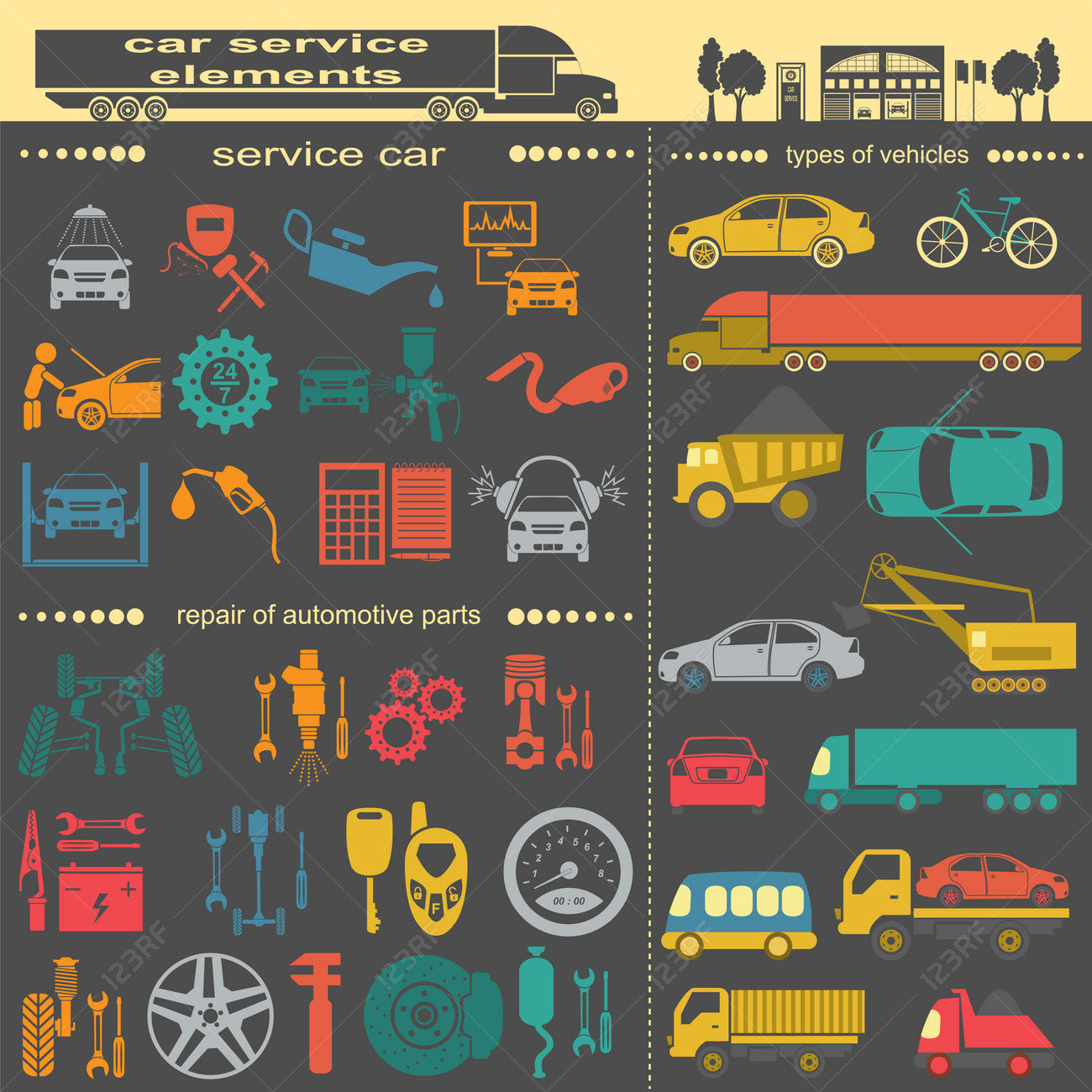Interested In Understanding The Caution Lights On Your Vehicle'S Control Panel? Discover Their Relevance For Your Vehicle'S Safety And Security And General Problem
Interested In Understanding The Caution Lights On Your Vehicle'S Control Panel? Discover Their Relevance For Your Vehicle'S Safety And Security And General Problem
Blog Article
Developed By-Vinson Dalgaard
When you lag the wheel, those radiant caution lights on your control panel can be a little bit bewildering. Do you recognize what they're trying to inform you about your auto's wellness? Recognizing the significance of these lights is crucial for your safety and security and the longevity of your lorry. So, just click the following web site following time one of those lights pops up, wouldn't you wish to analyze its message accurately and take the essential steps to resolve it?
Common Caution Lighting and Interpretations
Identify common caution lights in your vehicle and recognize their definitions to ensure risk-free driving.
The most regular warning lights consist of the check engine light, which signals issues with the engine or discharges system. If this light comes on, it's critical to have your vehicle checked quickly.
The oil stress warning light suggests reduced oil stress, requiring prompt focus to avoid engine damages.
A blinking battery light could suggest a faulty billing system, potentially leaving you stranded if not attended to.
The tire pressure tracking system (TPMS) light alerts you to reduced tire stress, affecting automobile stability and fuel performance. Neglecting this can lead to dangerous driving conditions.
The abdominal muscle light shows a trouble with the anti-lock stopping system, jeopardizing your ability to stop promptly in emergencies.
Last but not least, the coolant temperature level cautioning light warns of engine overheating, which can lead to serious damages if not settled quickly.
Comprehending these usual warning lights will aid you deal with concerns immediately and maintain risk-free driving conditions.
Significance of Prompt Focus
Recognizing the typical warning lights in your cars and truck is only the very first step; the significance of without delay resolving these cautions can not be highlighted enough to guarantee your safety when traveling.
When a caution light brightens on your control panel, it's your cars and truck's means of interacting a possible problem that requires attention. Ignoring these warnings can lead to much more extreme issues in the future, compromising your security and possibly costing you much more out of commission.
Motivate interest to advising lights can protect against break downs and crashes. For instance, a blinking check engine light could indicate a misfire that, if left ignored, might cause damages to the catalytic converter. Resolving this without delay can conserve you from a costly repair work.
In a similar way, a brake system alerting light might indicate low brake liquid or worn brake pads, vital components for your security when driving.
Do It Yourself Troubleshooting Tips
If you observe a warning light on your control panel, there are a couple of DIY troubleshooting tips you can try prior to seeking professional help.
The first step is to consult your vehicle's manual to recognize what the specific warning light suggests. Sometimes the issue can be as easy as a loose gas cap setting off the check engine light. Tightening up the gas cap might settle the trouble.
An additional typical concern is a low battery, which can set off various warning lights. Inspecting the battery links for rust and ensuring they're safe and secure could take care of the issue.
If a caution light persists, you can try resetting it by detaching the cars and truck's battery for a couple of minutes and afterwards reconnecting it. Additionally, inspecting your car's fluid levels, such as oil, coolant, and brake fluid, can assist troubleshoot advising lights associated with these systems.
Conclusion
In conclusion, recognizing your auto's warning lights is vital for maintaining your vehicle running smoothly and securely. By quickly resolving these informs and understanding what they mean, you can stay clear of expensive repair services and prospective breakdowns.
Keep in mind to consult your automobile's handbook for particular information on each warning light and do something about it appropriately to guarantee a trouble-free driving experience.
https://www.ratchetandwrench.com/articles/12424-illinois-community-raises-concern-over-planned-auto-shop notified, remain secure when driving!
